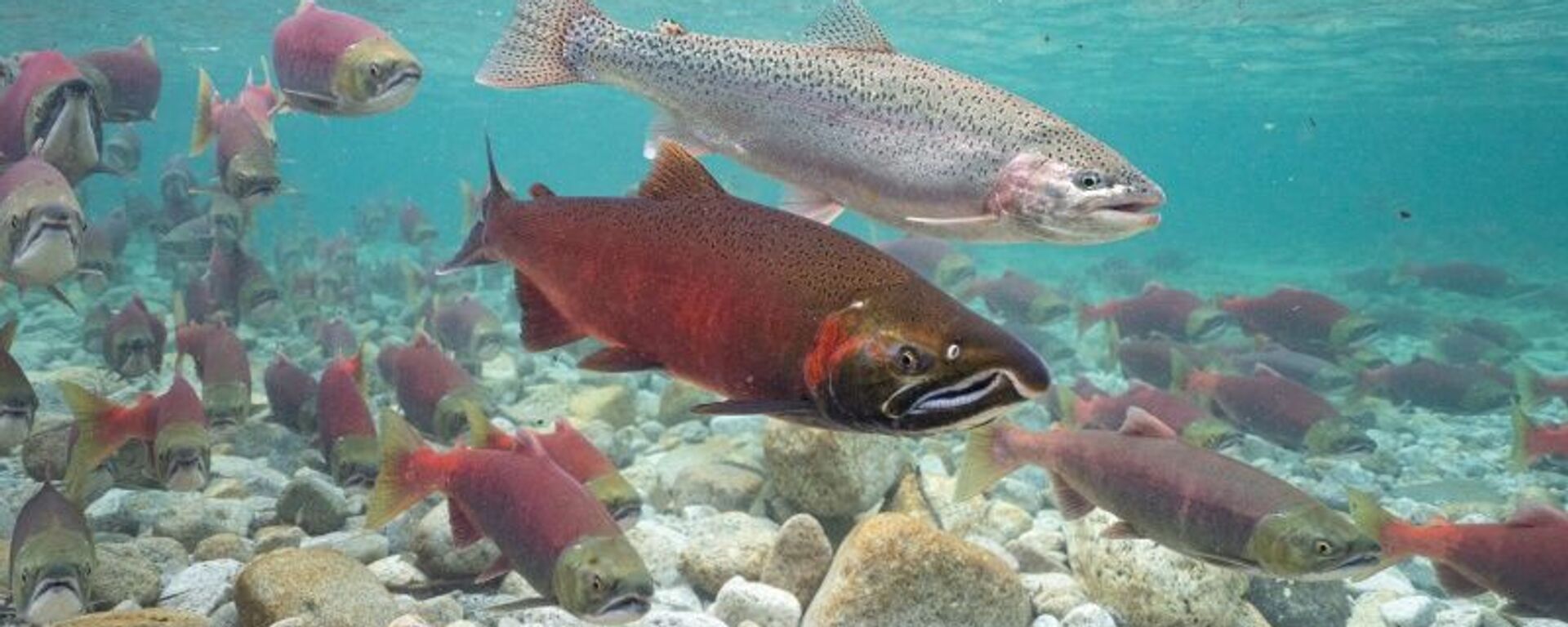https://sputnikglobe.com/20231117/traces-of-microplastics-found-inside-rain-clouds-arousing-fears-of-weather-impacts-1115033616.html
Microplastic Traces in Rain Clouds Raise Weather Impact Concerns
Microplastic Traces in Rain Clouds Raise Weather Impact Concerns
Sputnik International
Scientists have found that plastics, a modern industrial product made most often from petroleum, have infiltrated almost every environment on the planet, even human blood. However, their impact is not well understood.
2023-11-17T20:26+0000
2023-11-17T20:26+0000
2023-11-18T10:50+0000
world
microplastics
plastic
water pollution
clouds
weather
shandong
https://cdn1.img.sputnikglobe.com/img/105937/63/1059376391_0:67:1280:787_1920x0_80_0_0_081795b83bb2fbef8a531f4e4dcb443e.jpg
A new study has found evidence that microplastics have made their way into rain clouds and could be affecting their formation.The study, published on Wednesday by the American Chemical Society in Environmental Science and Technology Letters, was written by a group of scientists from Shandong University in China. In 24 of 28 samples taken from cloud water atop Mount Tai, they found chemicals commonly found in synthetic fibers, packaging, and other plastic products, including polyethylene terephthalate (PET), polypropylene, polyethylene and polystyrene.A study earlier this year found secondary evidence that microplastics were likely in clouds, but the latest study is the first to find microplastics in samples taken directly from clouds. The other study, published in the journal Environmental Chemistry Letters in September, found microplastics on top of Mt. Fuji and Mt. Oyama in Japan, which the scientists deduced could only have been deposited there by precipitation.In the Shandong study, the microplastics scientists found tended to be smaller than 100 micrometers in length, although some were as large as 1,500 micrometers or 1.5 millimeters. They found a greater density of microplastics in lower-altitude clouds with greater density, such as those that produce rain, and the older particles tended to have more lead, mercury, and oxygen attached to their surfaces - chemicals the scientists said could help trigger the development of clouds.Officials used computer models to determine how the particles got there, finding that airflow from highly populated inland cities had been the primary source of the microplastics, rather than from the ocean or from nearby mountains.
https://sputnikglobe.com/20230607/climate-friendly-microplastics-harm-wildlife-just-as-much-as-ordinary-variety-study-says-1110972153.html
Sputnik International
feedback@sputniknews.com
+74956456601
MIA „Rossiya Segodnya“
2023
News
en_EN
Sputnik International
feedback@sputniknews.com
+74956456601
MIA „Rossiya Segodnya“
Sputnik International
feedback@sputniknews.com
+74956456601
MIA „Rossiya Segodnya“
microplastics in clouds, microplastics influence the weather, what are microplastics
microplastics in clouds, microplastics influence the weather, what are microplastics
Microplastic Traces in Rain Clouds Raise Weather Impact Concerns
20:26 GMT 17.11.2023 (Updated: 10:50 GMT 18.11.2023) Scientists have found that plastics, a modern industrial product made most often from petroleum, have infiltrated almost every environment on the planet, even being found inside human blood. However, their impact, including on human health, is not well understood.
A new study has found evidence that microplastics have made their way into rain clouds and could be affecting their formation.
The study,
published on Wednesday by the American Chemical Society in Environmental Science and Technology Letters, was written by a group of scientists from Shandong University in China.
In 24 of 28 samples taken from cloud water atop Mount Tai, they found chemicals commonly found in synthetic fibers, packaging, and other plastic products, including polyethylene terephthalate (PET), polypropylene, polyethylene and polystyrene.
“This finding provides significant evidence of the presence of abundant MP’s [microplastics] in clouds,” the researchers said.
A
study earlier this year found secondary evidence that microplastics were likely in clouds, but the latest study is the first to find microplastics in samples taken directly from clouds.
The other study, published in the journal Environmental Chemistry Letters in September, found microplastics on top of Mt. Fuji and Mt. Oyama in Japan, which the scientists deduced could only have been deposited there by precipitation.
The term “microplastics” applies to a broad array of tiny plastic pieces smaller than 5 millimeters in diameter. While some can be “pristine” plastics manufacturing at a tiny size, most are likely pieces of larger plastics that have been broken and degraded by exposure to weather, water, and sunlight, which includes ultraviolet radiation that can change its chemical makeup.
In the Shandong study, the microplastics scientists found tended to be smaller than 100 micrometers in length, although some were as large as 1,500 micrometers or 1.5 millimeters. They found a greater density of microplastics in lower-altitude clouds with greater density, such as those that produce rain, and the older particles tended to have more lead, mercury, and oxygen attached to their surfaces - chemicals the scientists said could help trigger the development of clouds.
Officials used computer models to determine how the particles got there, finding that airflow from highly populated inland cities had been the primary source of the microplastics, rather than from the ocean or from nearby mountains.
"More research is needed to understand microplastic–cloud interactions and the potential impacts on atmospheric metal cycles and cloud formation," the study said.



